Jesse Moss and Amanda McBaine weren’t the only filmmakers drawn to the story of John Chau, the young American missionary whose death on a remote Indian island made headlines in 2018. But the possibility of competition didn’t outweigh the possibilities that the husband-and-wife directors of The Mission thought they could see beyond the headlines.
“In this pinpoint of a story there was a universe of big questions, big forces of history and culture and religion,” says Moss. “We’re drawn to stories that are novelistic rather than reductive and there was a complexity and a narrative to this that struck us as worth investigating.”
Inspired by the mythology, from King Kong to Tintin, of ‘lost tribes’ and exploration, and supported by an evangelical community in the US, Chau had spent years secretly planning to bring Christianity to North Sentinel Island in India’s Bay of Bengal, only to be killed by arrows as he tried to make contact with the island’s voluntarily isolated Indigenous people. While the existence of the largely unmapped island itself “seemed incredible”, says McBaine, “the story was not a throwback to another time, but provoked contemporary questions as well.”
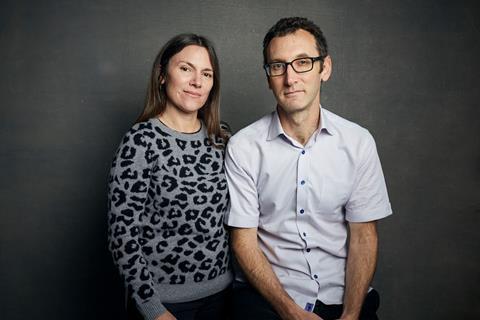
San Francisco-based McBaine and Moss, best known for their 2020 Sundance prize-winner and Oscar shortlist entry Boys State, discovered that they shared their interest with National Geographic, which was developing its own Chau project with UK/US documentary powerhouse Lightbox (a dramatised version of the story, The Last Days Of John Allen Chau, is also in the works from director Justin Lin). A partnership seemed “natural”, says Moss, so Lightbox’s Simon and Jonathan Chin became producers of The Mission for National Geographic Documentary Films.
The challenge for Moss and McBaine was how to spin the complexity of the story out from the limited materials that were initially available. Rights to a piece in GQ magazine by author and journalist Doug Bock Clark were acquired, with Bock Clark becoming an executive producer of the documentary. And Chau’s final diary, made public by his family soon after his death, as well as his earlier social media posts, helped round out the film’s portrait of a young man seen by some as a martyr and by others as a reckless zealot.
Two emotional letters that Chau’s father Patrick had written about his son and provided to Bock Clark gave the film another strand, and some of Chau’s supporters gave the filmmakers letters they had received about ambitions for the venture.
From someone the directors describe only as “a source”, meanwhile, came a copy of Chau’s secret, 27-page ‘master plan’ for converting the Sentinelese. “The master plan is like the Rosetta Stone,” Moss suggests. “It’s the key document in establishing John’s rigour, methodology, thinking, fantasy – all of the things in his mission.”
Animating the story
What McBaine and Moss did not have, however, was any audio or visual input from Patrick Chau (who declined to be an active participant in the film) or any footage of John Chau’s unauthorised journey to the government-protected island on an Indian fishing boat. So the filmmakers used actors to read the letters and animation to illustrate an account of the fateful journey.

Animation was preferred to live-action reenactment, Moss explains, because Chau’s “false sense of confidence” had in part been shaped by the comic books and movies he consumed as a child. “It spoke to his psychology and the shaping of his narrative sense of his heroic mission,” says the director. “And there’s a subjectivity to animation that we felt was appropriate for our audience not being misled into seeing the moment of contact as represented [in the film] as some literal truth.”
Participants who are interviewed on camera – including school friends, university teachers and Chau’s pastor – allowed the directors, who aren’t religious themselves, to explore “what radical faith is, and how John’s faith was sharpened by the people around him,” says Moss.
Not all the interviewees were happy with the finished film. In particular, All Nations, a missionary organisation that helped Chau roleplay his first contact with the Sentinelese in a Kansas City park, “don’t like the film,” Moss reports. “It’s not the portrait they would draw of John. I’m okay with that.”
National Geographic itself, whose famous print magazine is critically referenced in the film for its historical coverage of groups like the Sentinelese, had made what Moss calls “a commitment to self-scrutiny when we began, but I don’t know that we were sure they would live up to that”. In the end, he adds, “We didn’t pull any punches and they, to their credit, did not flinch. They were willing to go there and did not ask us to change the film.”
To bring the film’s elements together, McBaine and Moss “gave ourselves permission to take on almost a literary non-fiction structure,” says the latter, “which was a bit of a leap of faith. But we had a feeling that this story needed a layering of narrative.”
Full disclosure
Significantly, though, the directors opted not to ramp up the suspense by concealing Chau’s fate until the dramatic end of what might have been a documentary thriller. Instead, the young missionary’s death on North Sentinel is revealed at the start of the film in an audio news clip, giving The Mission a more nuanced take on its tragic central event.
“There was a version, for a minute, where we didn’t reveal that,” admits McBaine of the film’s up-front disclosure. “But I don’t think it worked. Partly because the investigation was not so much about exactly what happened, but why.”
Since its premiere at September’s Telluride Film Festival, The Mission (sold internationally by Altitude Films) has screened at further festivals including Toronto and London, been given a limited US theatrical release through Picturehouse and UK via Altitude, and made its US streaming debut on the National Geographic Channel as well as sister platforms Hulu and Disney+.
Moss and McBaine, who work separately and together through their Mile End Films company, are already busy with other projects.
Moss and Tony Gerber, who previously collaborated on 2008’s Full Battle Rattle, have directed War Game, an upcoming documentary for Anonymous Content and Boat Rocker which, says Moss, “grapples with some big political questions here in the US and the instability of our democracy”.
McBaine and Moss, meanwhile, recently completed Girls State, a companion piece to Boys State. Again made for Concordia and Apple Original Films, the new film is about the American Legion’s summer leadership and citizenship programme for female high-schoolers, and will premiere at Sundance in January.
It’s the kind of project for which Moss and McBaine have become standard bearers. And the kind they are hoping will remain in demand in a rapidly changing documentary business that is struggling to adapt in the streaming age.
“I hope and pray there continues to be an appetite amongst the global streamers – which have such big audiences and such an ability to bring their films to audiences – to tell these kinds of stories that are layered and provocative,” says Moss. “There certainly is on the part of National Geographic and I hope other streamers continue to take inspiration from National Geographic’s ability to carve out success doing these films.”

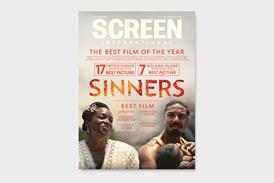


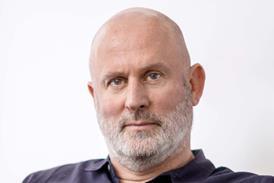







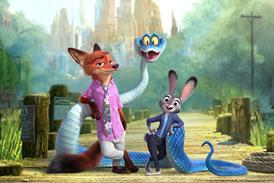


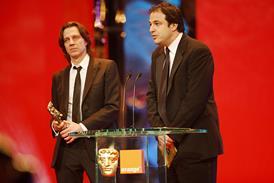

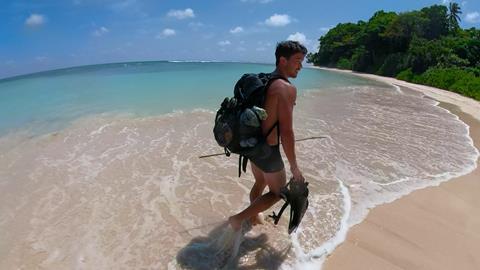






No comments yet